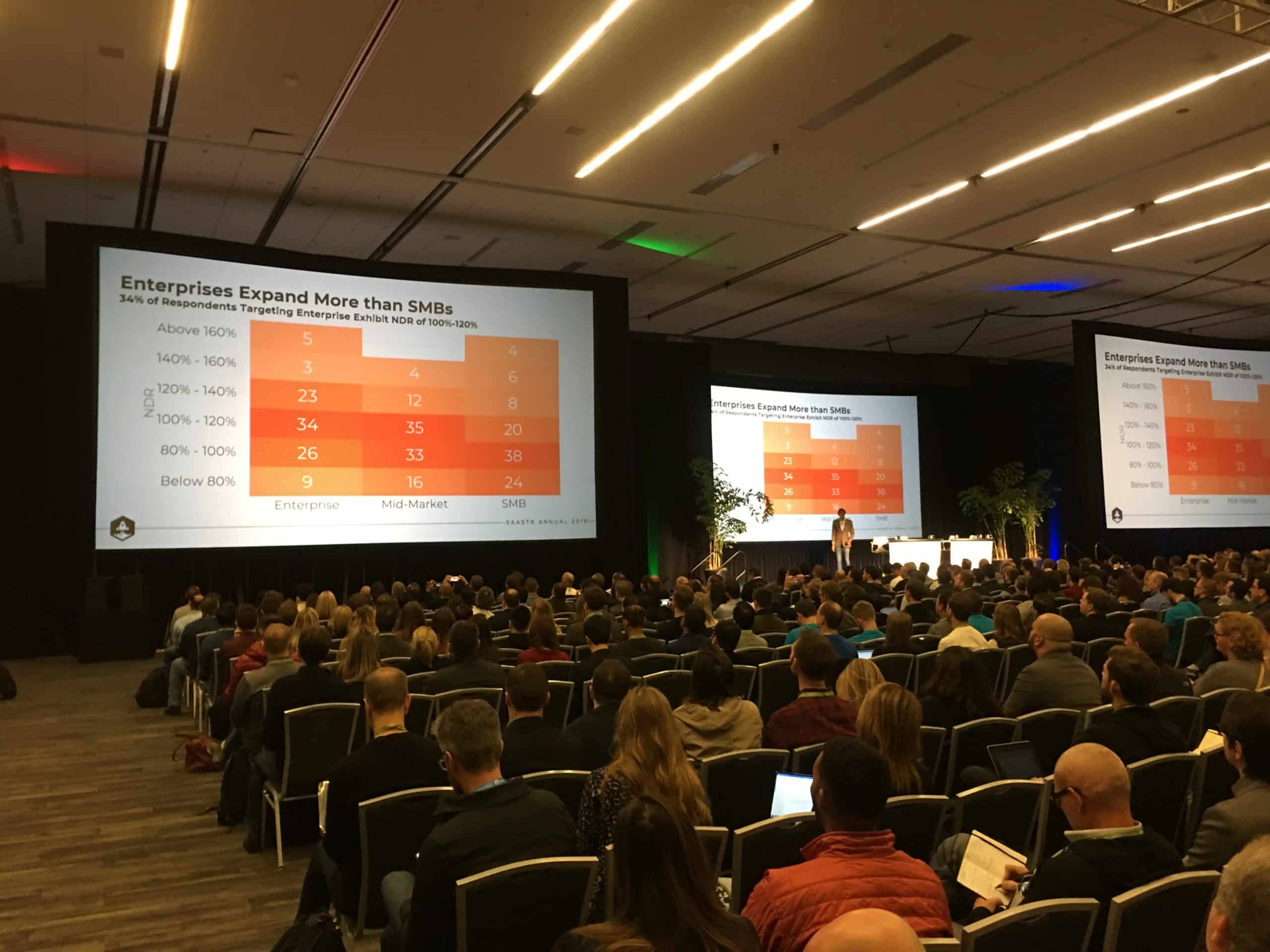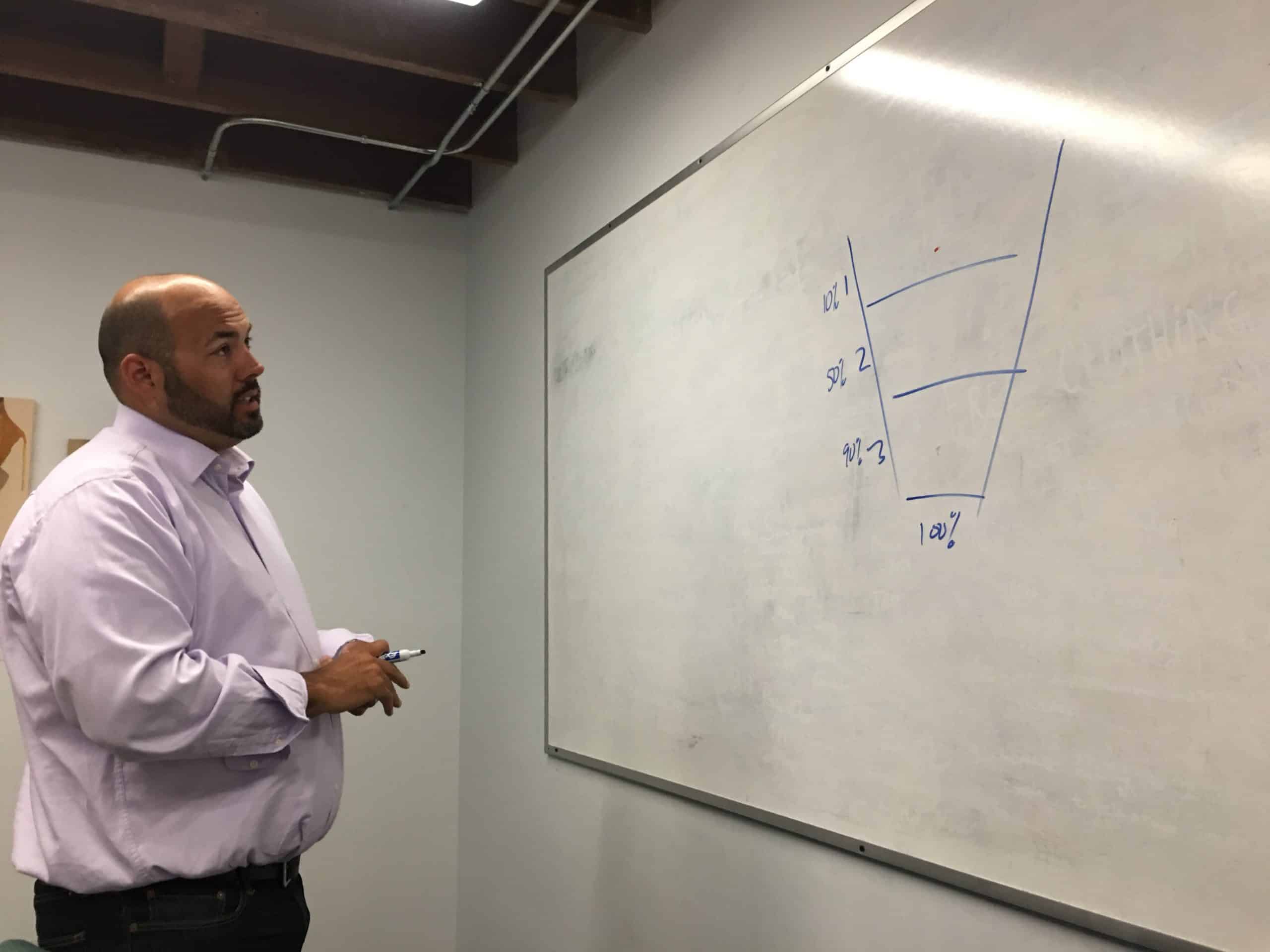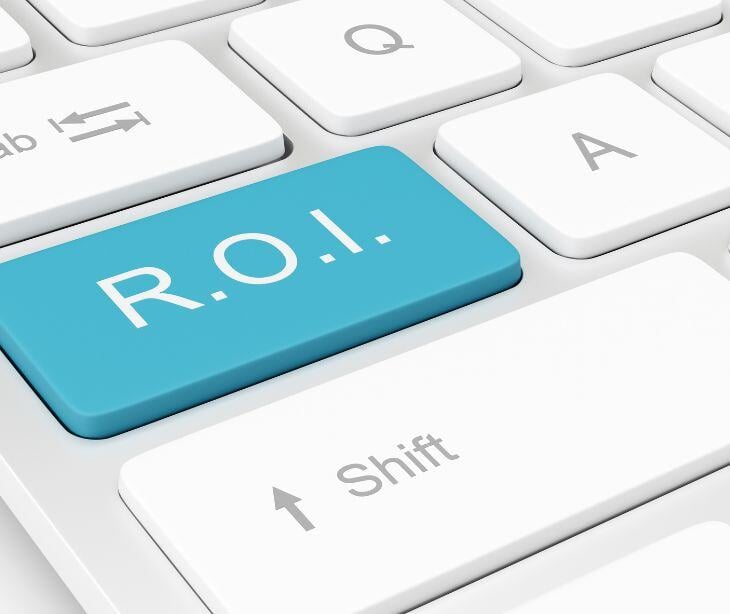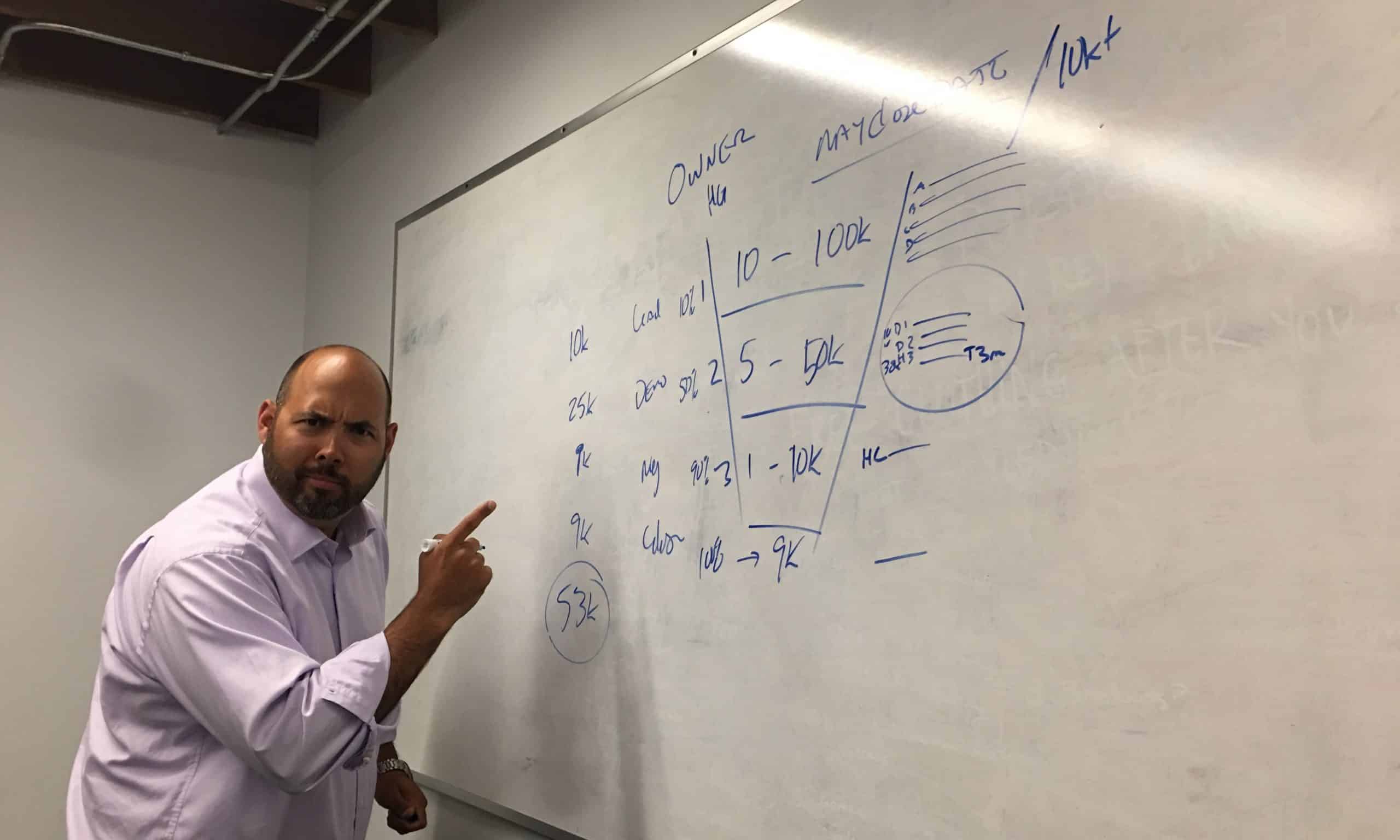
Rayfe Gaspar-Asaoka (Canaan Partners)
Table of Contents:
- What is Sales Efficiency?
- How is Sales Efficiency calculated?
- What is a good metric for Sales Efficiency?
- Why is Sales Efficiency important to Founders?
- Conclusion
As our customer base expands into the thousands, we’ve learned that we need to be better organized around customer feature requests. At the same time, we've also seen a need to dive deeper into our SaaS metrics. While we have a good handle on SaaS fundamentals like Revenue Churn, Customer Churn, and NPS, the same cannot be said for Sales Efficiency. This post aims to explain Sales Efficiency in terms busy founders can understand. Most of the accompanying pictures are people I met with this week in San Francisco.
What is Sales Efficiency?

Tomasz Tunguz [Redpoint Ventures] at SaaStr Annual 2019 In a nutshell, Sales Efficiency is a SaaS metric designed to provide a pulse on new revenue returned by sales and marketing efforts. Simply put, if I put a dollar into sales and marketing spend, how much drops to the bottom in new revenue? This concept was mentioned several times by Plaid CTO and Co-Founder William Hockey at a Brex meetup I went to last Thursday. Tomasz Tunguz from Redpoint Ventures also covered Sales Efficiency in recent blog posts here and here.
How is Sales Efficiency calculated?

Leah Raddatz and Peter Miller (Run8 Patent Group) Sales Efficiency is calculated by adding up new revenue generated during a certain period (let's say a quarter) and dividing it by the cost of the Sales & Marketing teams' efforts. These expenses would include salaries, benefits, commissions, office space, software, and ad spend. Sales Efficiency = (Revenue / Sales & Marketing costs) x 100 For example, let's say a sales team generates $2M of new revenue in a quarter. During that same time, the Sales and Marketing teams spend $1M. Sales Efficiency = (2,000,000 / 1,000,000) x 100 = 200%
What is a good metric for Sales Efficiency?

Ryan Williams (Sales Collider) on Weighted Pipeline Reporting The general consensus around Sales Efficiency scores are:
- Less than 100%: Revisit sales and marketing techniques. Take a deeper dive on up-sell and cross-sell techniques.
- 100%: Assuming gross margin and churn are in an acceptable range, this is a viable business.
- 101% - 300%: Keep doing what you're doing.
- Over 300%: Best in class. An indicator of strong product market fit. It's also likely you have a profitable SaaS business, which is uncommon in Silicon Valley. Potential for even higher growth if you add Sales and Marketing headcount
See also: SaaS Sales Efficiency Calculator
Why is Sales Efficiency important to Founders?

Steve Markowitz and Cyril Moukarzel from LifeDNA The Sales Efficiency metric helps SaaS founders in the following ways:
- Realization that Self-service and Expansion revenue are critical components of top-tier Sales Efficiency.
- It's a helpful, high-level benchmark on the effectiveness of your team's sales and marketing efforts.
Conclusion
When I met with Rayfe Gaspar-Asaoka of Canaan Partners this morning, he emphasized the following:

"Sales Efficiency is just one metric to track. It doesn’t tell the whole story alone."
Case in point: If your Sales Efficiency is high (say 250%) but gross margin is only 60% and Annual Logo Churn is 36%, you have a leaky bucket in your SaaS business. Our most recent Sales Efficiency score came in over 400%. With our annual logo churn forecast to be below 8% and gross margins above 85%, it's likely time for us to turn up the dial on marketing and sales spend. Mahalo Rayfe for the help!
Useful Articles:
- Sales Efficiency Benchmarks For SaaS Startups
- How to Develop Best in Class Sales Efficiency
- Is Your Company Growing Efficiently? Sales Efficiency Benchmarks for SaaS Startups
- Revenue Growth Benchmarking for Startups (Updated for 2018 IPOs)
Subscribe to Paubox Weekly
Every Friday we'll bring you the most important news from Paubox. Our aim is to make you smarter, faster.

 Hoala Greevy
Hoala Greevy



